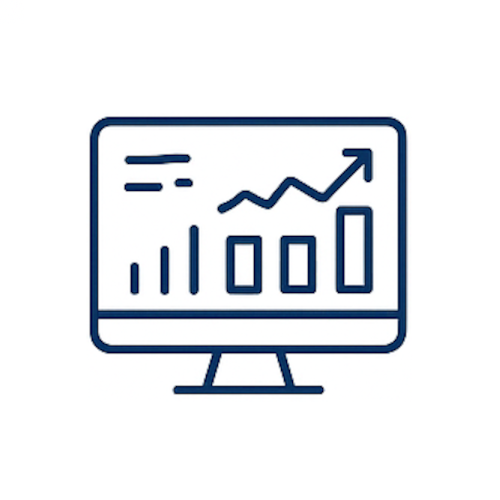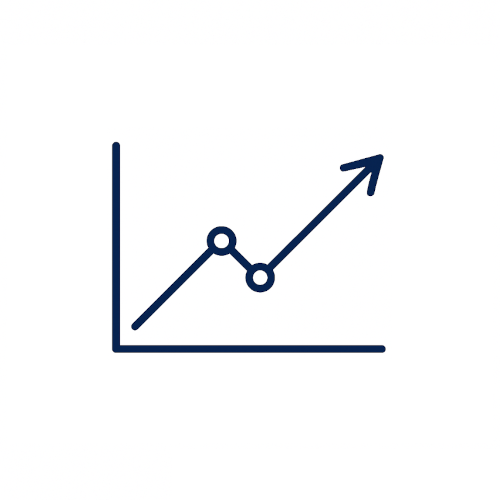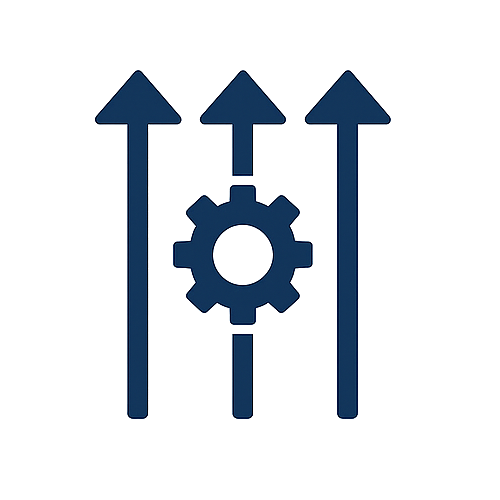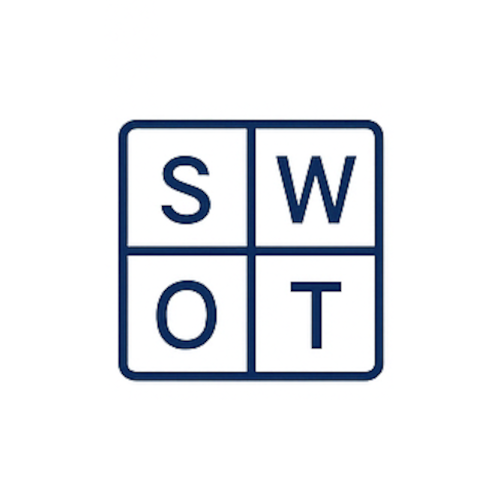For any business manager, understanding performance and progress is essential to staying competitive. Metrics and Key Performance Indicators (KPIs) are crucial tools in this regard, but while they are often used interchangeably, they serve distinct roles and purposes.
Understanding Metrics
Metrics represent raw data points that quantify specific aspects of a business’s operations. These data points offer insights into various activities and processes, enabling businesses to monitor their day-to-day performance. Metrics can encompass a broad range of areas, from the number of products sold and website traffic to revenue, expenses, and customer satisfaction scores.
Key Characteristics of Metrics:
- Quantitative Nature: Metrics are always expressed in numerical terms, providing concrete data that can be easily tracked. Examples include “Website Traffic: 5,000 visitors per day” or “Monthly Revenue: $50,000.”
- Wide Scope: Metrics cover a broad spectrum of data points. Whether it’s production quantities, employee attendance, or marketing campaign results, metrics provide a comprehensive view of business activities.
- Reflective: Metrics primarily serve as a reflection of past activities and performance. They provide historical data that helps businesses understand trends and patterns.
- Objective: Metrics are generally straightforward to measure and interpret, leaving little room for ambiguity. They offer a clear snapshot of various business operations.
Understanding KPIs
While KPIs are a type of metric, they are much more specific. KPIs are selected data points that directly align with an organization’s strategic objectives and goals. Unlike general metrics, KPIs focus on measuring progress toward specific indicators that are crucial for reaching business targets.
Key Characteristics of KPIs:
- Strategic Alignment: KPIs are closely tied to the organization’s strategic goals, ensuring that they measure what truly matters in achieving long-term objectives.
- Focused: Unlike the broad range of metrics, KPIs are kept to a minimum, focusing on the most critical indicators of success. This focused approach helps businesses concentrate their efforts where it matters most.
- Predictive Nature: KPIs are often predictive, meaning they not only measure current performance but also provide insights into future outcomes. This predictive ability makes KPIs valuable for guiding strategic decisions.
- Customization: KPIs are highly customized to the organization’s unique goals and industry. What serves as a KPI for one company may not be relevant for another, making them specific to each business’s needs.
Key Differences Between Metrics and KPIs
- Purpose: Metrics provide a broad view of business operations by tracking various data points, while KPIs focus on a select few indicators that are directly related to strategic goals.
- Scope: Metrics encompass a wide range of data, covering everything from daily operations to financial performance. KPIs, however, are limited to the most crucial indicators of business performance.
- Time Horizon: Metrics are often used to monitor short-term activities and operational performance. In contrast, KPIs are more concerned with long-term goals and the overall success of the business strategy.
- Customization: While metrics can be standardized across industries, KPIs are tailored specifically to the organization’s strategic objectives, making them unique to each business.
How Can Sengi Solutions Help
Understanding the distinction between metrics and KPIs is a first step, but managing them effectively requires the right tools. Traditional methods like spreadsheets and presentations can quickly become outdated, leading to version control issues, mismanagement, and a lack of real-time data. This is where platforms like Sengi Solutions offer a significant advantage.
Sengi Solutions provides an all-encompassing platform that enables businesses to track metrics and KPIs seamlessly. With features designed for dependency tracking between milestones and initiatives, linking goals to strategy, and logging risks across all initiatives, Sengi ensures that your strategic plans are always up-to-date and actionable. This platform eliminates the inefficiencies of managing metrics and KPIs in isolated spreadsheets or PowerPoint presentations, giving managers real-time visibility and control over their business’s performance.
By using Sengi Solutions, businesses can centralize data management, enhance collaboration across departments, and ensure that all metrics and KPIs are aligned with their strategic goals. This approach not only streamlines the tracking process but also empowers decision-makers with accurate, up-to-date information, ultimately driving better business outcomes.
Explore how Sengi Solutions can help your business optimize its strategic planning and execution by visiting https://www.sengisolutions.com












